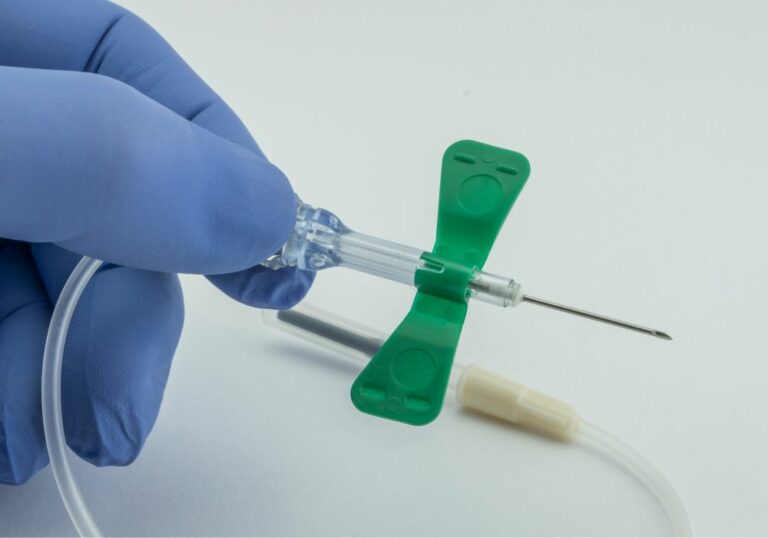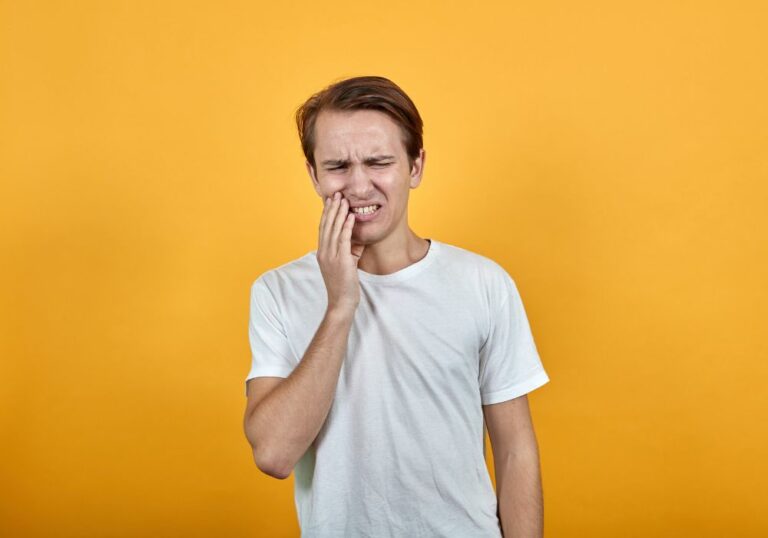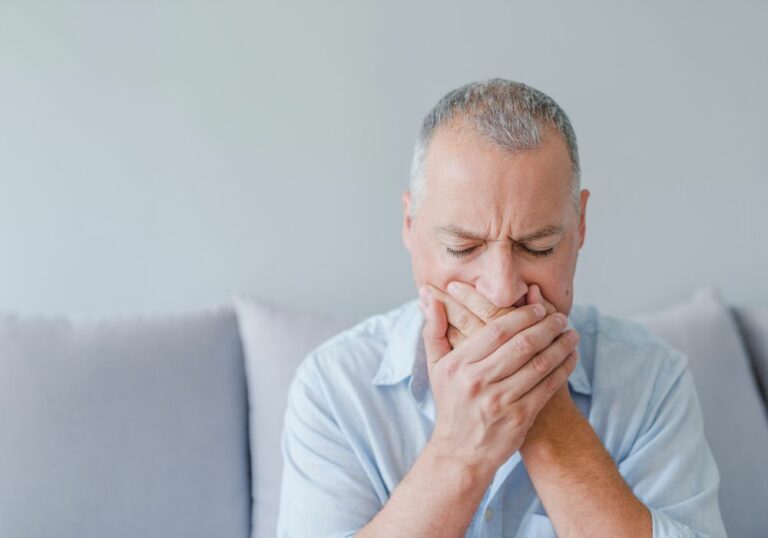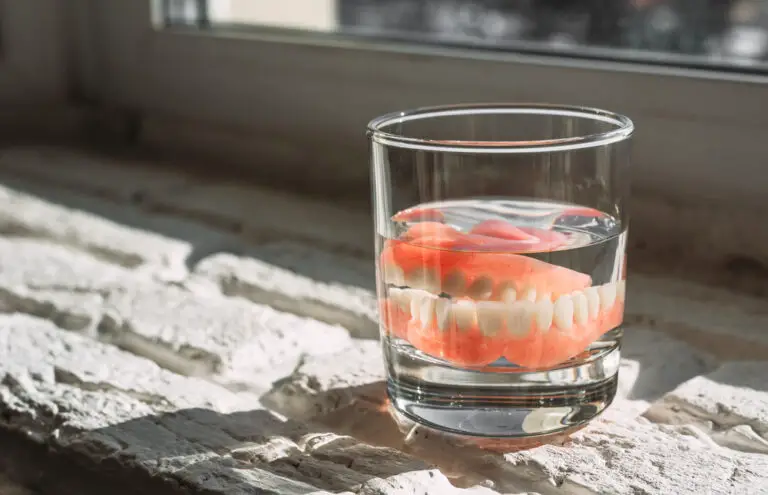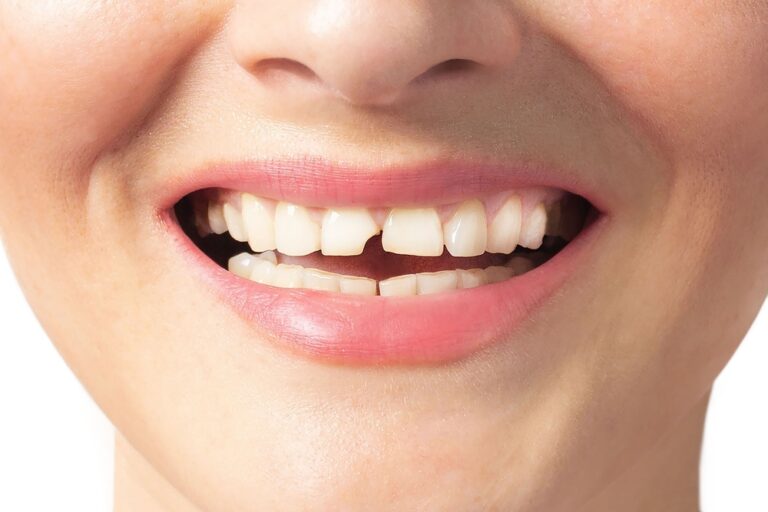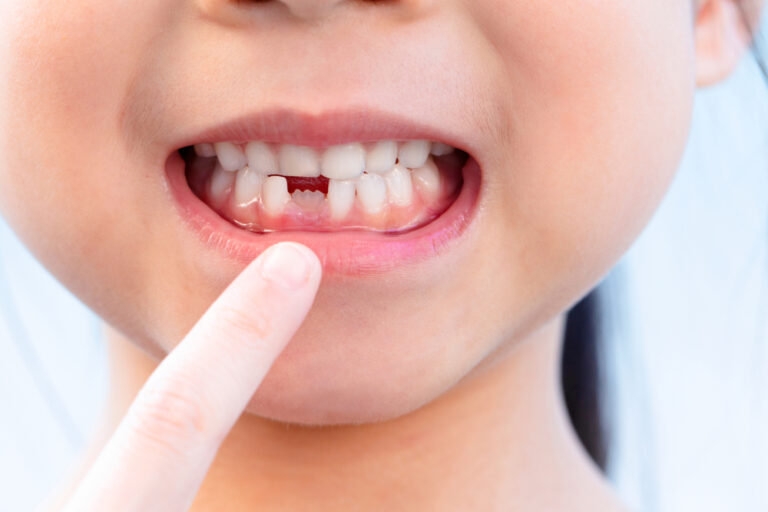An in-depth look at primary teeth roots
Baby teeth, also known as primary, deciduous or milk teeth, are the first set of teeth in young children. They help children chew food, speak properly and hold space for the larger permanent adult teeth growing under the gums. Children usually get their first baby teeth around 6-12 months old. A full set of 20 primary teeth emerges by around age 3.
These baby teeth have roots that anchor them into the jawbone, just like permanent teeth. The roots begin forming when the tooth crown develops in the jaw. After the crown finishes forming, the root continues to extend and grow as the tooth prepares to erupt through the gums.
Baby tooth roots are typically thin and slender, ranging from .5 to 1.5 inches long. The roots are shortest on anterior teeth and longer on posterior molars. They are made up of pulp tissue inside and dentin on the exterior surface. Cementum, a bonelike material, covers the dentin of the roots.
The cementum has an important job – it undergoes constant resorption to help shed the primary teeth when the time is right. This process of shedding primary teeth roots is necessary to make room for permanent teeth pressuring from below.
Detailed stages of natural root resorption
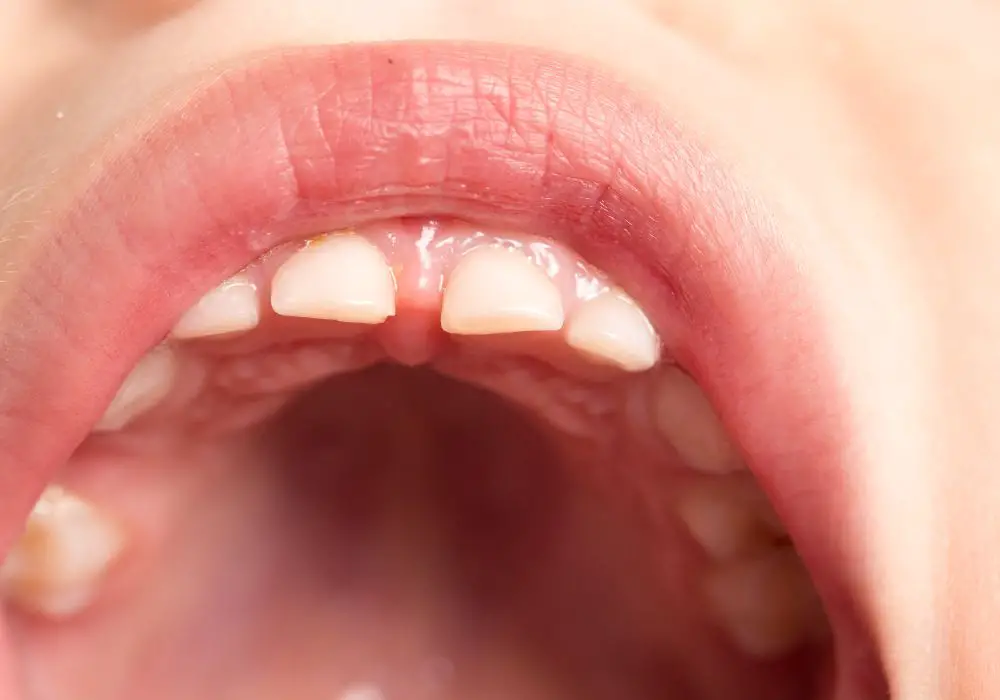
Resorption is the physiologic process of losing bone or tooth structure by enzymatic breakdown. In the case of primary teeth, root resorption prepares the tooth to exfoliate, or shed, at the appropriate time as the permanent teeth replace them. This occurs in several stages:
1. Initial resorption
This begins up to 2-3 years before the tooth becomes loose and falls out. Odontoclasts, cells responsible for resorption, gather at the root’s exterior cementum surface and create small resorption cavities. These cavities start at the apex, or tip, of the root and slowly work upward. At this stage, the resorption involves just the outer surface.
2. Progressive resorption
As more odontoclasts penetrate the cementum, resorption extends farther into the root canal. The pulp tissue inside becomes irritated and inflamed. This stage continues at a slow pace for months to years.
3. Rapid resorption
When the crown of the incoming permanent tooth contacts the root of the primary tooth, it accelerates the resorption. This stimulation recruits many more odontoclasts to the area, quickly degrading the remaining root structure. The pulp dies due to inflammation and lack of blood supply.
4. Exfoliation
The heavily resorbed root succumbs to the forces of the permanent tooth eruption. It loosens from the bone and exfoliates, allowing the permanent tooth to emerge in its place. Ideally, the primary tooth sheds with no root remnants left behind.
Causes of retained root fragments
In some cases, pieces of the primary teeth roots do not undergo proper resorption and are left behind in the jawbone after exfoliation. This occurs because resorption involves a delicate balance of cellular activity, blood supply, and proper timing with permanent tooth eruption. Disruption of any of these factors can impede complete dissolution of the roots. Reasons include:
- Early eruption – The permanent successor tooth buds into the primary root before resorption is advanced enough. So when the permanent tooth erupts, root fragments remain.
- Delayed resorption – Slow or inactive odontoclasts fail to resorb on schedule due to poor health, malnutrition, genetics, or unknown factors.
- Reduced blood flow – Dental decay, gum disease, trauma, cysts or crowding can reduce blood supply to the root. Without nutrients from blood, odontoclasts have difficulty degrading the root.
- Infection – Abscesses at the root tip block odontoclast activity and blood flow, slowing resorption.
- Dense root structure – Thicker, more calcified cementum is more resistant to odontoclast penetration and breakdown.
Impacts of retained primary tooth roots
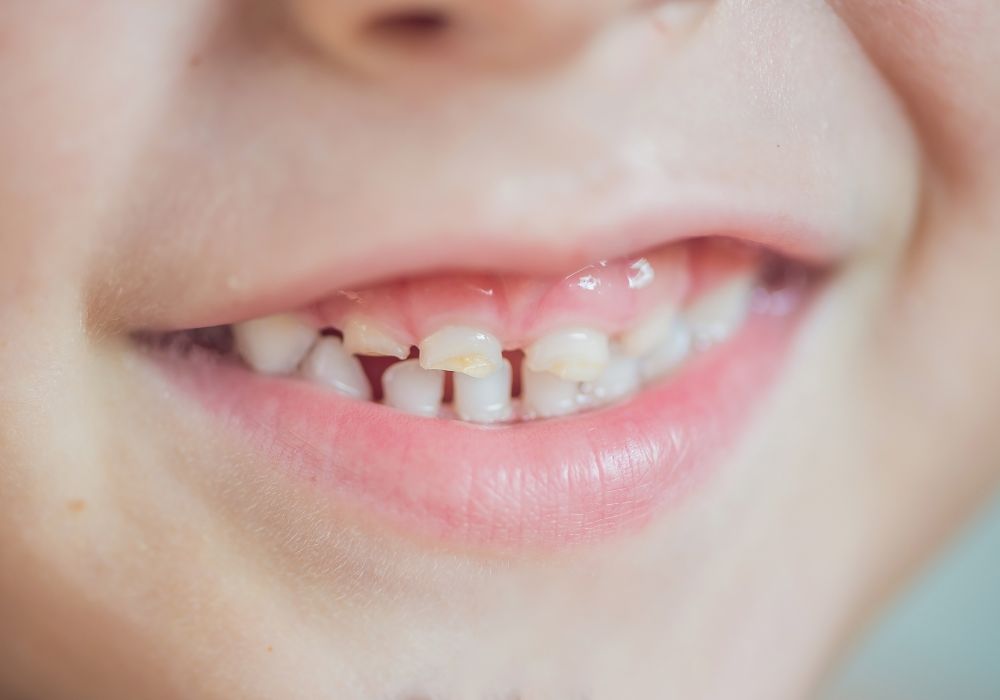
Root tips left in the jawbone obstruct the proper growth and alignment of permanent teeth. The fragments also pose infection risks and can develop into dental cysts. Some specific issues caused by retained roots include:
- Malposition of permanent teeth – Roots displace erupting teeth, blocking them from entering the mouth properly. This leads to crowding, spacing, overlapped teeth, and poor alignment.
- Tooth impaction – A permanent tooth attempts to erupt but becomes stuck against a retained root fragment and stops moving. Impaction prevents normal tooth eruption.
- Cystic lesion development – The epithelial cells of the root can proliferate and form cysts – benign sacs filled with fluid. Cysts expand and damage neighboring structures like permanent tooth buds.
- Dental infections – Bacteria penetrate around the root tip still lodged in the jawbone, leading to abscesses, pain and swelling of the gums.
- Progressive root resorption – A newly erupted permanent tooth begins resorbing against a retained primary root. This can lead to loss of permanent tooth structure or pulp vitality.
- Tooth loss – In the case of severe infection, extensively decayed or damaged permanent teeth impacted by roots may need to be extracted if they cannot be saved.
Diagnosing retained primary tooth roots
Dentists have several methods to identify whether any root remnants from baby teeth have been retained after exfoliation:
- Clinical oral examination – Visually inspect for any abnormalities in the position or eruption of permanent teeth that may indicate obstruction by root fragments.
- Palpation – Feel the gums and jawbone for bony areas or swelling.
- Dental X-rays – Intraoral, panoramic, and cone beam CT radiographs reveal root fragments.
- Testing – Assess teeth for sensitivity to percussion, heat, or cold, which can indicate impacted teeth with underlying infection or inflammation.
- Dental history – Inquire about any known retained roots, difficulties in permanent teeth erupting, or previous cysts associated with primary molars.
Management of retained roots
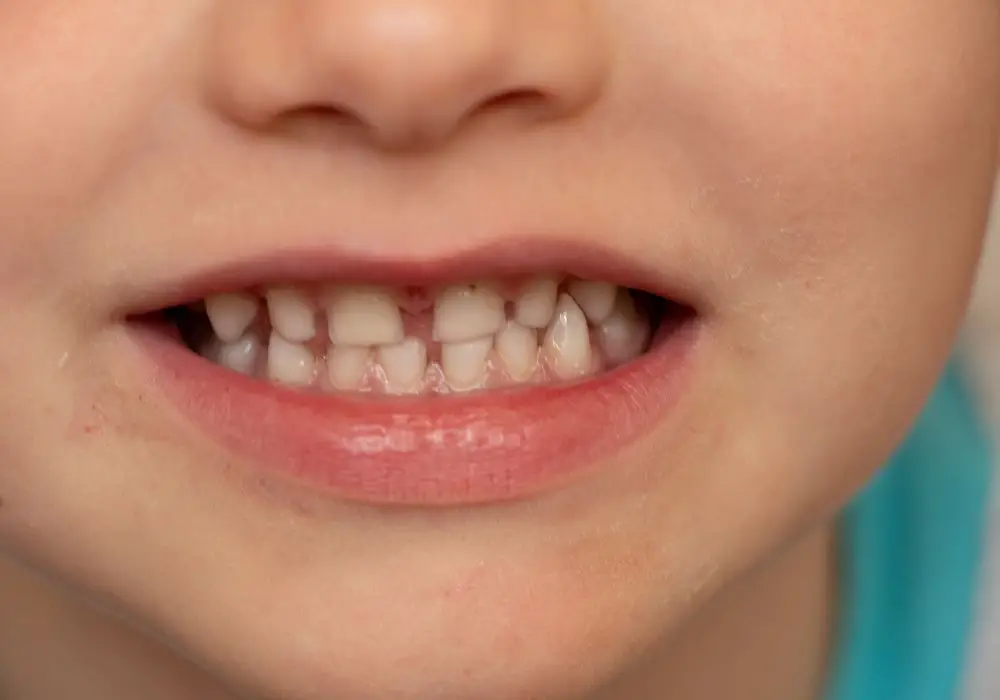
Discovered root tips should be surgically extracted to prevent malocclusion, cysts, and infection. Management involves:
Extraction
The retained root is removed by drilling down to exposed it, gently loosening it, and extracting with forceps. Local anesthetic is administered beforehand. The wound is irrigated and sutured closed afterward.
Following up
Post-operative X-rays help confirm complete removal. Regular monitoring ensures proper healing and tracks permanent tooth eruption. Further orthodontic treatment may be required to guide teeth into proper alignment.
Preventing future retention
Practicing good oral hygiene, avoiding decay or trauma to primary teeth, and extracting loose primary teeth on schedule helps prevent retained roots of the next exfoliating teeth.
Promoting natural root resorption
Parents can take proactive steps to facilitate the timely, natural dissolution of primary tooth roots:
- Brush and floss baby teeth daily to prevent cavities that can slow root resorption.
- See a pediatric dentist regularly to maintain vigilant oral health and monitor root resorption progress.
- Avoid premature extraction of loose primary teeth to allow natural root resorption to continue.
- Protect teeth from facial and dental injuries that can damage developing roots.
- Provide proper nutrition including calcium and vitamins D and K for healthy teeth and skeletal growth.
- Use sealants and topical fluoride to shield susceptible primary molar grooves from decay.
- Consult an orthodontist about spacing maintainers if primary molars are lost prematurely to avoid early permanent tooth eruption.
Answers to frequently asked questions
Below are responses to some common questions that parents may have:
How often do primary tooth roots fail to resorb?
Studies show the prevalence of retained root fragments ranges from 4.1% to 18.5%. The lower first molars are the most commonly involved.
Can resorption begin again if a root fragment remains?
Unfortunately no, the processes halts once the permanent successor tooth erupts. Any leftover root piece will likely need to be surgically extracted.
Is it possible to speed up the root resorption process?
There are no methods to accelerate natural root resorption. But preventing infection and decay protects the ongoing resorption process.
Can retained roots reinfect later on?
Yes, retained fragments can become reinfected at anytime. Bacteria gain access through gum pockets and tiny cracks in the enamel. Regular dental care is required.
Do orthodontists remove fragments differently than dentists?
Specialists use similar extraction techniques. But orthodontists also integrate removal of root tips into comprehensive plans to reposition teeth properly.
Conclusion
The roots of primary teeth normally undergo gradual resorption starting years before the teeth shed. But sometimes root structure remains embedded in the jawbone after the teeth fall out. This happens when permanent successors disturb the resorption process before it has completed. Retained root pieces can displace permanent teeth eruption leading to complications. Dentists detect remnants through X-rays and dental exams. Extracting fragments prevents damage, while good oral health practices facilitate natural root dissolution. With proper care, most children can undergo smooth, uneventful transitions from their primary pearly whites to permanent mature smiles.

